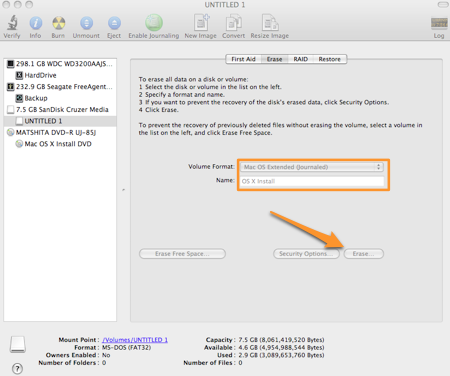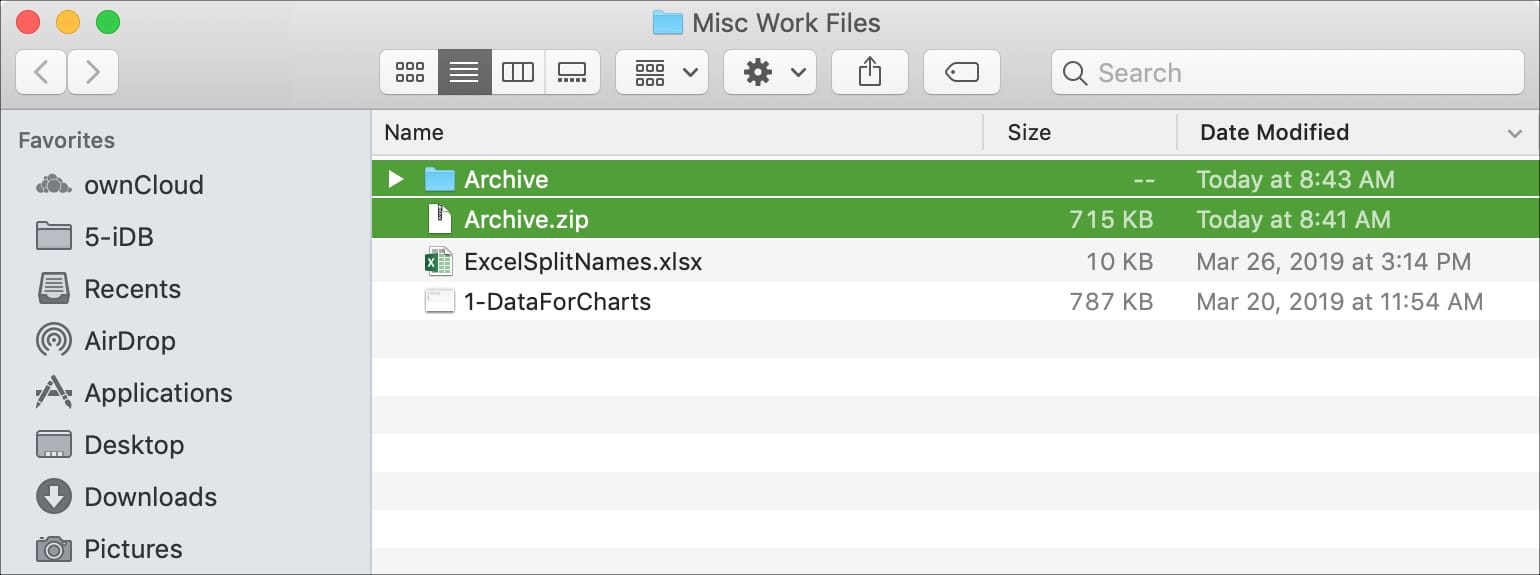
- Unzip files mac os x 10.6 how to#
- Unzip files mac os x 10.6 mac os x#
- Unzip files mac os x 10.6 movie#
- Unzip files mac os x 10.6 archive#
Does tar, gzip, gunzip understand Mac metadata? Using unzip to unzip a zipped folder that has Mac metadata, will create a extraneous directory “_MACOSX_” and or extraneous files with names prefixed by “.”.
Unzip files mac os x 10.6 archive#
Using command line zip will simply create a archive without Mac metadata. The command line tools at /usr/bin/zip and /usr/bin/unzip do not understand Mac meta data. The command line equivalent isĭoes the command line program “zip” and “unzip” understand metadata?
Unzip files mac os x 10.6 how to#
How to unpack a zip file that has Mac meta data?
Unzip files mac os x 10.6 mac os x#
Note: Mac OS X 10.5 changed the tool it uses for dealing with zip files. You may just want to use this instead:ĭitto -ck -rsrc -keepParent myFolder myFolder.zip. The above method puts the resource forks and HFS meta-data into a subdirectory “_MACOSX_”. In 10.4.x, the menu is “Create Archive of ‹folder name›”.ĭitto -ck -sequesterRsrc -keepParent myFolder myFolder.zip. This will create a zip file with all meta data preserved. File Compression with Meta data How to create a zip file that preserves Mac meta data?įor 10.6.x, in Finder, right click on a file and pull the menu “Compress ‹name›”.

Will now have a creator code of “GSP+” and file type code of “GSPb”. In the above example, all file in the current dir and all sub dir, whose name ends in “.gsp”, File Type/Creator File Type and Creator What is a File Type/Creator code? When installed, it's at /Developer/Tools/. In 10.4, resource fork related tools are available on the Developers tools CD that came with Mac OS X at least 10.1 up to 10.4. Yes, as of Mac OS X 10.4 How to view resource? See: Computing: mega vs mibi, kilo vs kibi Note: starting with OS X 10.6, k may mean 1000, not 1024. The one not in paren is the disk space it occupies, and the M and K abbreviations are multiples of 1024. The one in parenthesis is the actual file size (counting the resource fork). What's these two figures exactly? and does KB mean 1024 bytes or 1000 bytes? Does either count the resource fork? Example: cp /dev/null myhouse.jpg/rsrc & rm myhouse.jpg When using “get info” in Finder, it reports file size by two numbers, for example, “592KB on disk (601,189 bytes)”. To be safe, one can delete the resource fork first. Using /bin/rm is probably doing the right thing. How to delete a file properly (including resource fork) using the command line? See also: Perl Script for Removing Mac Resource Fork Suppose you want to delete resource fork in “file.png”. (but if you append your file name with “/rsrc”, then “ls” will report the resource fork's file size.) How to delete a file's resource fork using command line? rwxrwxrwx 1 xah staff 87410 file.png/rsrc The file size reported by the unix command “ls”, does it count resource fork? Here's a command line log as a example: ◆ ls -l file.png If the reported file size is 0, then it has no resource fork. The new syntax isįor example, ls -l file.png/rsrc. Note: since Mac OS X 10.7 (released in 2011), the old syntax for accessing resource fork no longer works. Use the ls -l command with /rsrc suffixed to the file name. How to use the command line to find out if a file has resource fork?

However, program executable files such as those “.app” may still need the resource fork intact to work, and many programs, including Apple's software, still create resource fork as of. The use of resource fork is discouraged for normal files. This means, you should not simply remove resource fork data.
Unzip files mac os x 10.6 movie#
For example, Quick Time movie files used to store main movie data in the resource fork. Some app store main data in resource fork. The data fork is the file's main content, the resource fork stores some extra data such as icon, version number, embedded images, image thumbnail, and much more. Resource fork is a feature of the Mac's file system HFS Plus, and older file systems used by Mac such as HFS and “Macintosh file system”.Ī file has 2 parts: ① data fork, ② resource fork. The info on this page is tested on Mac OS X 10.4.x and OS X 10.6.x.

This page is tips about Mac OS X's command line tools about Mac's resource fork.


 0 kommentar(er)
0 kommentar(er)
